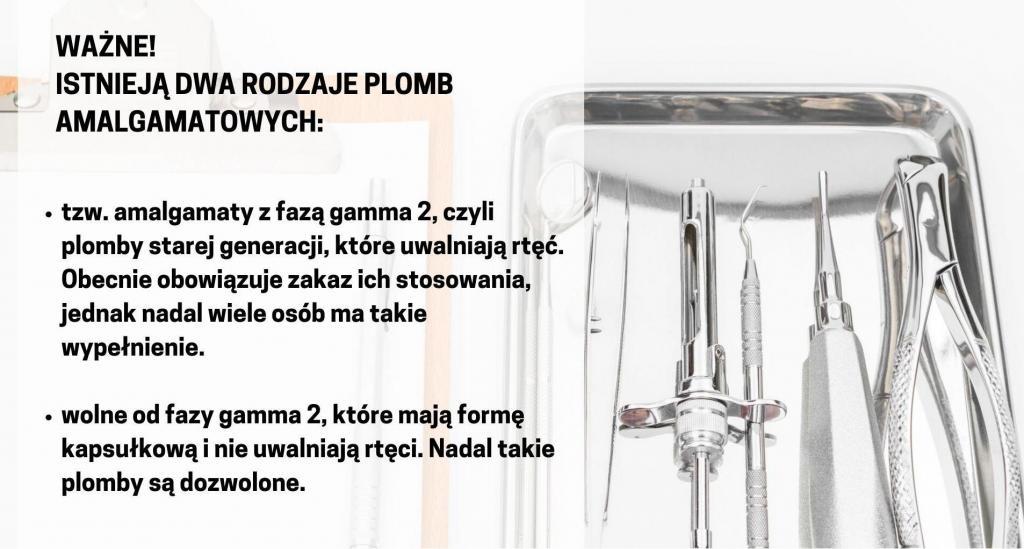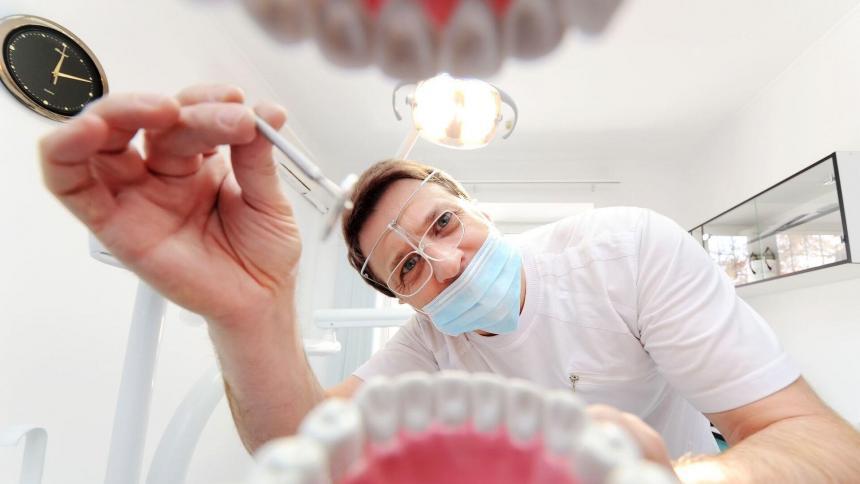Although they used to be the standard, hardly any dental practices use amalgam fillings these days. But what should you do if your mouth still has fillings containing dangerous mercury? Remove all the fillings and replace them with new ones? Or do you leave them in, because you have had no problems over the years?
What is an amalgam filling?
The history of amalgam fillings dates back to the 19th century. Over time, they have become increasingly popular and have been used in almost every almost every dental practice. Everything changed when reports began reports began to emerge about their harmful effects on health. Japan was the first, first to ban the use of such fillings was Japan, followed by Sweden. In the European Union European Union, as of 2018, amalgam fillings cannot be used on children under 16 years of age, pregnant and breastfeeding women.
But what exactly are amalgam fillings? It is nothing more than filling a tooth with an alloy of silver, tin, copper, zinc and mercury. I it is this last metal that arouses the most controversy. Many scientists have shown the harmful effects of amalgam fillings on patients' health, which can cause irreversible changes in their bodies.

Amalgam fillings - pros and cons
Certainly a big advantage of amalgam fillings is their their price - it is one of the cheapest solutions on the market and it is often reimbursed. They are also very durable, much more resistant to compression and resistant to compression and abrasion than composite fillings.
And what are the disadvantages?
- Amalgam fillings do not bond to the tooth (enamel and dentine), which often results in gaps between the tooth tissue and the filling that are difficult to clean. This is the ideal place for bacteria and decay to grow, which is almost invisible in the initial phase.
- Metals, and amalgam fillings are made of them, react to temperature. For one thing, it can cause an uncomfortable feeling when eating and drinking cold and warm drinks. Worse still, it can damage the tooth wall.
- amalgam fillings can also cause discolouration of teeth
- look very unsightly
- and contain dangerous mercury

Are amalgam fillings harmful to health?
There is no clear answer here, and the scientific and dental communities are scientists and dentists are divided. According to the US Food and Drug Administration (FDA), mercury contained in amalgam fillings can cause dental cancer. Food and Drug Administration (FDA), the mercury in amalgam fillings may cause autoimmune diseases, but also Parkinson's and Alzheimer's diseases . W their 2008 study, they proved that mercury not only escapes into the oral cavity, but it is also an ongoing process.
The increase in mercury release is influenced by temperature, such as drinking hot drinks, but also chewing gum. Recent studies have also indicated that waves emitted by Wi-Fi increase the the release of the element from the seal.
On the other hand, scientists from American Dental Association believe that amalgam fillings have no harmful effects on the human body.

So should I remove the amalgam fillings and replace them with composite fillings?
If the seal is intact it is better not to remove it. In the course of drilling, the tooth structure can be damaged, but there is also a risk of exposing the patient and dentist to The tooth structure may be damaged during drilling, but there is also a risk of the patient and dentist being exposed to mercury. mercury.
However, if an amalgam filling is If, on the other hand, an amalgam filling is leaking or decay has set in, the old filling should be replaced as soon as possible with a new one. with a new one as soon as possible.
If you have amalgam fillings it is best to contact us and make an appointment. We will be happy to answer all your questions and find the best solution for you.

